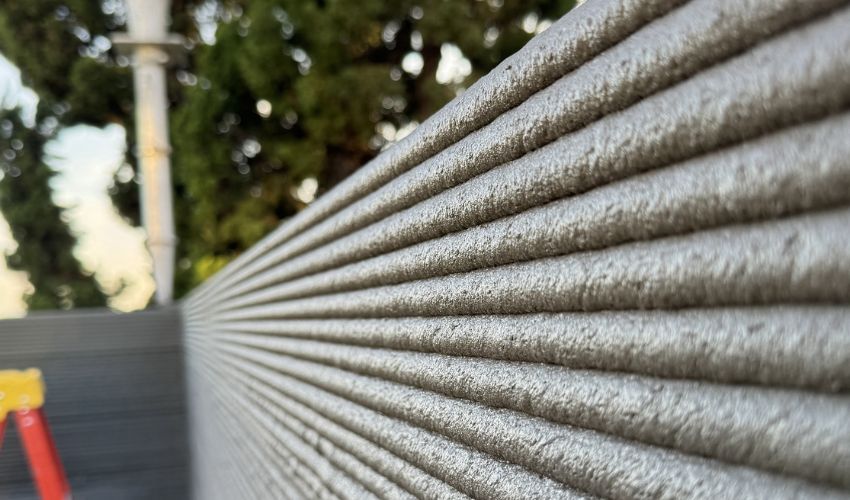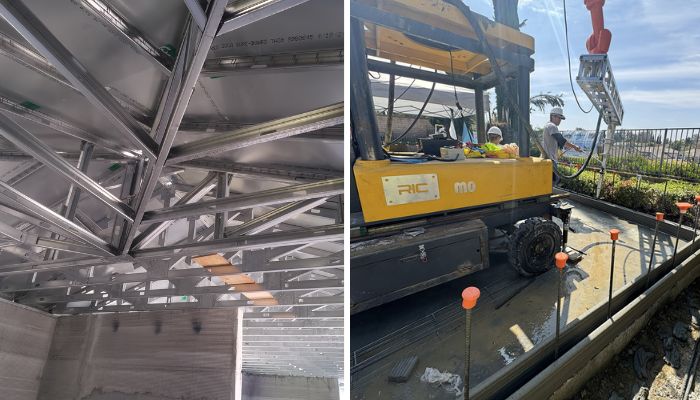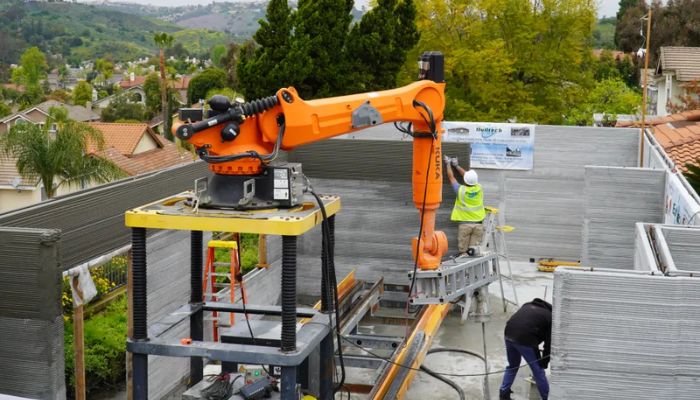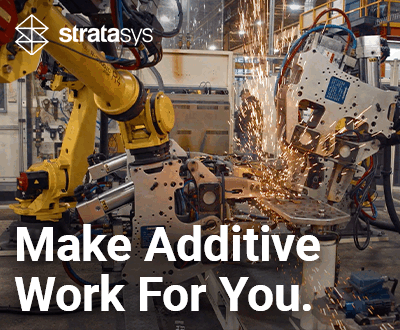Are 3D Printed Homes Really a Solution in the Face of Wildfires?

Since January 7th, 2025, wildfires have been devastating southern California: more than 37 thousand acres of land have been scorched, leaving 28 people dead and more than 10,000 homes and businesses destroyed. Facing the wreckage, questions arise. How can this devastation be prevented? How can Los Angeles be rebuilt sustainably—and built to withstand future fires? One solution being discussed is that of 3D-printed, fire-resistant homes.
3D-printed buildings have been cropping up across the US for several years now, with the first owner-occupied, 3D-printed house being built in 2021. More recently, Builtech Construction Group and RIC Technology completed the United States’ first 3D printed, fire-resistant accessory dwelling unit (ADU). The 1,200-square-foot ADU, located in Walnut, California, is less than 30 miles from the raging fires in Los Angeles. Philip and Constance, the couple who owns the property, expressed gratitude for their safety: “We hope more people can stay in this kind of house for better protection.”

The fire-resistant steel roof (left) and RIC Technology’s robotic arm 3D printer (right). (Photo Credits: RIC Technology)
What Makes the 3D-Printed Home Fire Resistant?
Given its location in wildfire-prone southern California, the two-bedroom, 2.5-bathroom unit built in Walnut was designed with special attention to fire resistance. In fact, the project was the result of a collaboration between the City of Walnut and the Los Angeles County Fire Department.
The building has steel-reinforced concrete and a steel roof, entirely without wood or nails. In March of 2024, when construction of the property was underway, Aaron Liu, CEO of Builtech Construction Group and an NFPA-certified wildfire mitigation specialist (CWMS) spoke to the importance of this. “The ADU will be built without a single piece of wood or nail – no ‘fuel’ on the main structure,” Liu said. “So we significantly minimize the likelihood of fire entering the home, reducing its susceptibility to fire.”
Additive manufacturing technology played a huge role in the project’s feasibility. Before the introduction of construction 3D printing, such steel-reinforced concrete was primarily used for military bunkers and other defensive structures, because of its high cost and lack of accessibility. Now, RIC credits advancements in 3D printing technology for making it more accessible and affordable. With RIC’s robotic arm 3D printer, the printing process took 20 days from start to finish.

RIC Technology’s 3D printer in action (Photo Credit: RIC Technology)
To print the ADU, the team used non-combustible, high-pressure 3D printing material from the concrete company Quikrete. Additionally, they incorporated “defensive design:” eave vents and windows, areas that are typically vulnerable to fire, were reinforced to further prevent fire from infiltrating the house. These details, along with thicker walls, gave the house a higher fire-resistance rating, with no significant addition to the cost.
One construction 3D printing company, ICON, put its own 3D printed walls to the test in 2024. Referencing the ASTM E119, a standard developed by the American Society for Testing and Materials (ASTM), they created a controlled fire with a graded temperature curve, gradually increasing with time. Then, they sprayed water to simulate a fire hose and ensured that load-bearing walls continued to function. According to ICON, their walls received a 2-hour fire rating, meaning the walls could endure the extreme heat of a fire before failure for two hours. Going forward, they said they were working on achieving a 3-hour rated wall. This matters because the longer a structure is left standing, the longer occupants have to evacuate.
Two hours is huge when you think about how long it takes for a standard house to burn. Underwriters Laboratories, which conducts state-of-the-art fire safety testing, reported that in standard homes, occupants have three minutes or less to evacuate once it is on fire. Of course, the way a house will burn will depend on various factors like the region it is in, the house’s building materials, and the furnishings inside. But, if the walls of a 3D printed house can stay standing for hours and also prevent fire from reaching the house’s interior, it could make a life-saving difference.
The Future of Construction
Proponents of construction 3D printing have cited many benefits. In terms of building, construction can be achieved faster than traditional builds, requiring less labor and cheaper materials. In addition to fire, these concrete homes also protect against termites and earthquakes. Other 3D-printed homes, like one in Redding completed by Emergent3D, promise to deliver more sustainable and affordable housing solutions.
According to Skyquest, the 3D-printed houses market size was valued at USD 36.9 million in 2023 and is poised to grow to USD 2899.35 million by 2032, growing at a CAGR of 62.4% during the forecast period (2025-2032). The desire to see more 3D-printed buildings is also reflected in the growing body of research dedicated to improving 3D-printable concrete for construction. Last year, the University of Virginia researchers, for instance, designed a 3D printable concrete that emits 31 percent less carbon, and this month, the University of New Mexico engineers developed a bendable concrete for more durable construction 3D printing. These are only a few of the studies that have been carried out recently, and it seems the quality and sustainability of concrete will only continue to improve.
While 3D printed homes are only one solution out of many necessary to face wildfires and the threat of our changing climate, they offer a promising avenue. These 3D-printed buildings have the potential to reduce loss of life and property, and for that, homes like the ADU in Walnut are worth pursuing.
Do you think 3D printed homes are an answer to the threat of wildfires? Let us know in a comment below or on our LinkedIn, Facebook, and Twitter pages! Don’t forget to sign up for our free weekly Newsletter here, the latest 3D printing news straight to your inbox! You can also find all our videos on our YouTube channel.
*Cover Photo: RIC Technology







Thank you for your insight into printed concrete homes. The real issue is to build with concrete, whether printed or pre-cast. Both methods create the same results in terms of livability and fire resistance. Unfortunately the US housing industry is still built around wooden structures and it will take some of the major developers to embrace concrete construction. Other countries are well ahead of the US.
It seems 3-D printed homes are not only fire resistant but also more durable if fiberglass-reinforced concrete is used to build homes. Is the cost of fiberglass -reinforced concrete home about the same as the conventional home built with wood and bricks?